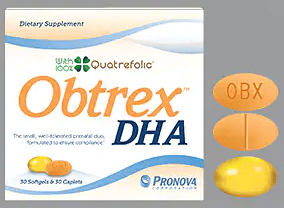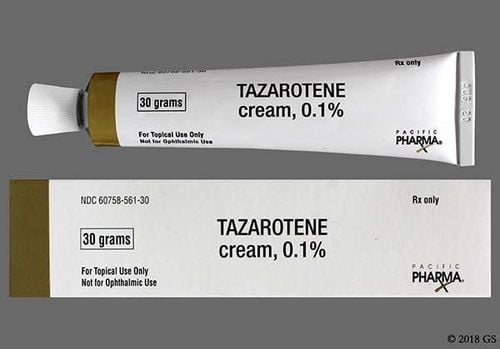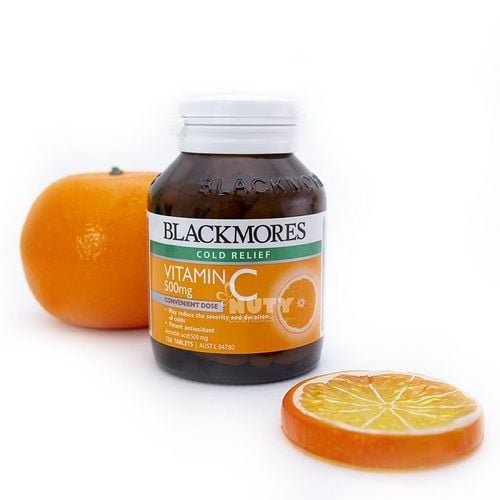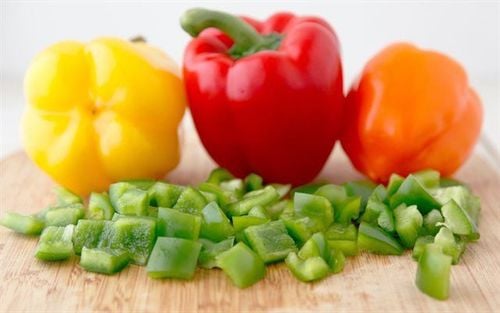This is an automatically translated article.
Bell peppers belong to the group of vegetables with a rich nutritional composition. However, some people think that using bell peppers may not be spicy. So is this statement completely correct?
1. Bell pepper overview
Bell peppers are popular vegetables in the world. Depending on the country, chili peppers can be called by different names such as sweet peppers, paprika, bell peppers, or simply and understandably, chili peppers. In addition to the name, bell peppers also vary in color. Most of us are familiar with the green, orange, yellow and red varieties but there are also very pale purple, brown and yellow bell peppers. So are bell peppers really spicy?
2. Classification of bell peppers
Bell peppers are in the shellfish family or Solanaceae with tomatoes, eggplants, potatoes and peppers. Peppers in this plant family are scientifically classified as Capsicum annuum, and this applies to both sweet (such as bell peppers) and hot (such as jalapeños and cayenne) varieties. There are many varieties of Capsicum or chili peppers, classified under different species names. For example, habanero chile is classified under Capsicum chinense.
3. Characteristics of bell peppers
If bell peppers have the same scientific classification as cayenne pepper, are bell peppers not spicy? This compound goes to a chemical compound capsaicin. This chemical is thought to be the sole reason why jalapeños are hot and bell peppers are not. Bell peppers do not have capsaicin. Capsaicin attaches itself to the mucous membranes in our mouth, which in turn produces the sensation of hot flashes. The amount of heat in your mouth will vary greatly depending on the type of chili you have eaten. Peppers are ranked according to their heat, or the amount of capsaicin they contain, on a scale known as the Scoville Scale. Capsaicin concentrations are given a number on the Scoville heat unit scale. Bell peppers have no capsaicin, so they don't have a Scoville heat unit, so they're at the bottom of the Scoville scale.
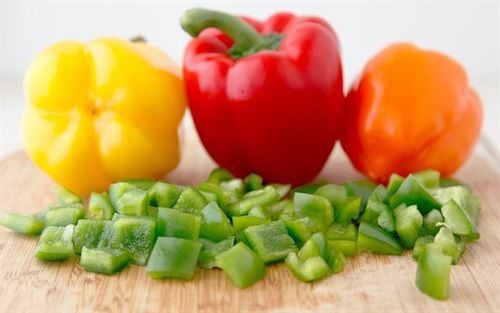
Ăn ớt chuông sống có thể bổ sung dưỡng chất cho cơ thể
5. Culinary uses of bell peppers
Is it good to eat bell peppers? Although bell peppers may not be hot, bell peppers don't make them any more tolerable than hot peppers. Many of you may have eaten bell peppers dried, ground, or paprika. The deep red spice in the paprika cabinet is actually made from red bell peppers.
Bell peppers provide vitamin A content with 149 grams of bell peppers will be 551 IU of vitamin A. The redder the bell pepper, the higher the content of this nutrient.
In addition, bell peppers also provide folate, which helps support the function of red blood cells, which is especially important for women during pregnancy. Moreover, it also works to prevent birth defects in the fetus.
Plus, bell peppers with sharp colors are high in potassium. Potassium is known for its role in helping to keep fluids and minerals in balance, enhancing muscle function and regulating blood pressure.
Thanks to the above great values, bell peppers are often used in stir-fries, soups, juices... are very good for health.
Above are the answers to the question, are bell peppers spicy? Once you have a clear understanding of the origin and nutritional value of this fruit, you can plan to use it appropriately.
Please dial HOTLINE for more information or register for an appointment HERE. Download MyVinmec app to make appointments faster and to manage your bookings easily.
Reference source: thespruceeats.com - pepperscale.com



